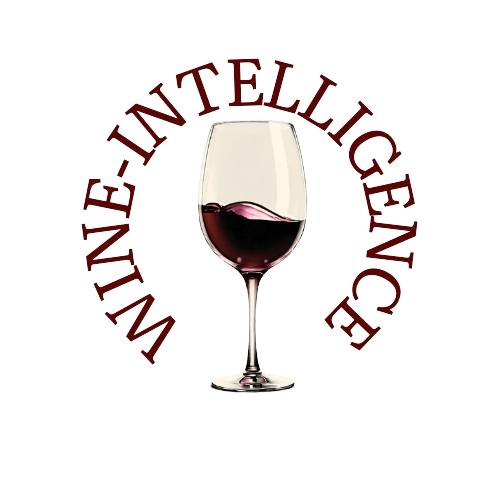As global economic pressures mount and moderation trends continue to influence consumer habits, spending on alcohol is falling across many of the world’s leading markets.
Yet, amid this downturn, Gen Z consumers are proving to be a surprising bright spot, reinvigorating alcohol participation rates and on-trade visits, according to Bevtrac consumer research from March 2025, published by IWSR, the leading authority on beverage alcohol data and intelligence.
A Global Picture of Caution and Change
The IWSR’s latest insights reveal a divergent landscape across the top 15 alcohol markets. While India and China continue to exhibit positive consumer sentiment, the mood is more cautious in Europe, where some recovery is noted, and markedly negative in North America and much of the Asia-Pacific region.
The economic strain—characterised by rising living costs, inflation, and reduced disposable incomes—is leading consumers, especially in developed markets, to prioritise essential goods over discretionary alcohol purchases. Hopes for a resurgence in the on-trade (bars, restaurants, pubs) remain largely unmet as consumers stay home or moderate their consumption.
Gen Z: The Unexpected Catalyst
Despite this overall downtrend, Gen Z adults of legal drinking age (LDA+) are showing increased engagement with alcohol. Participation rates in the 15 leading markets have jumped from 66% in April 2023 to 73% in March 2025. The United States, in particular, has seen a dramatic increase—from 46% to 70% in Gen Z consumption—followed by significant gains in Australia (61% to 83%), the UK (66% to 76%), and India (60% to 70%).
According to Richard Halstead, COO Consumer Insights at IWSR, this signals a reversal of the narrative that Gen Z is disengaged from alcohol. “They’re not abandoning alcohol,” he says. “They’re reshaping its meaning—exploring new categories, engaging more with the on-trade, and moderating in smarter, more flexible ways.”
Gen Z consumers are not only more adventurous—embracing a wider repertoire of drinks across beer, wine, spirits, and low/no-alcohol options—but also appear more open to spontaneous socialising and premium experiences.
India and Brazil: Momentum from Emerging Markets
In contrast to stagnating or declining consumption elsewhere, India and Brazil are showing strong positive growth, particularly among affluent, urban Millennial and Gen Z consumers.
India, notably, remains the only market with all three growth indicators in positive territory—consumer sentiment, recalled volume, and recalled spend. Affluent Indian Millennials and Gen Zs are driving experimentation and category expansion, reflecting a confidence in future finances and an appetite for premiumisation.
Brazil echoes this trend. There, premium beer is outperforming other alcohol segments, with volume growth of 14% recorded in 2024. High-income Millennials in Brazil are broadening their drinking habits, showing increased participation in vodka, gin, cream liqueurs, and even no-alcohol beer, suggesting a more dynamic and diversified beverage culture.
Premiumisation Trends Under Pressure
While premium-and-above beer is gaining traction in Brazil, France, and Spain, the wine and spirits categories are not faring as well. A softening of the long-running premiumisation trend is apparent, with consumer recruitment into the no-alcohol category also slowing.
Still, some mid- to high-income consumers appear to be trading down from ultra-premium products to premium beer, especially in markets like France and Spain, reshaping the competitive landscape in those categories.
Conclusion
The global beverage alcohol industry in 2025 is navigating a complex blend of economic pressure, evolving consumer priorities, and changing demographic dynamics. While moderation and financial caution are driving an overall decline in alcohol spending, Gen Z’s renewed enthusiasm, openness to diversity, and increased on-trade engagement present a path forward for brands and retailers seeking to adapt to this new normal.
In developing economies such as India and Brazil, consumer optimism and a rising middle class may provide the most resilient growth in the near term. The challenge for global alcohol brands will be to balance innovation, affordability, and relevance—especially as younger consumers reshape the future of drinking culture.
Source: IWSR


1 comment
Specifically, I’m looking into:
No Alcohol Wine (still & sparkling):
• Australia, Japan, United States, Canada, Brazil, United Kingdom
Low Alcohol Wine (still & sparkling):
• Brazil, Finland, Norway, India, Germany, Spain, Australia
Key insights we’re looking for per country:
• Share of No/Low Alcohol Wine within the total wine category (split between Still and Sparkling)
• Market forecasts and growth projections
• Key brands per category
• Consumer insights and behaviour
• Emerging trends